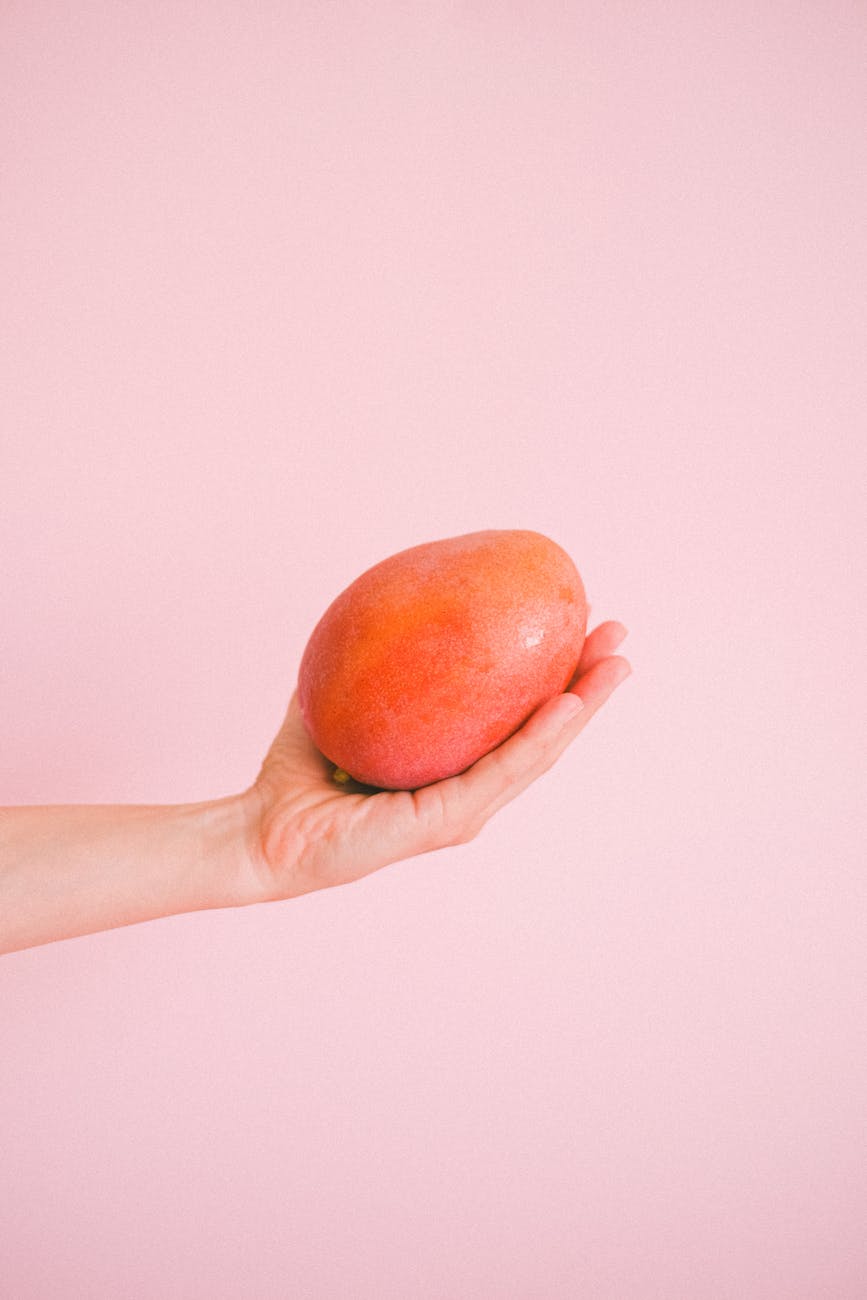
Introduction: Welcome to the first post of our series on fruit names and diabetes! In this article, we will embark on a journey to explore the magnificent mango and its impact on diabetes management. Mangoes, with their luscious flavor and tropical allure, are beloved by many. But what about individuals with diabetes? Can they savor the magic of mangoes while maintaining stable blood sugar levels? Join us as we answer five essential questions and discover five delightful ways to include this exotic fruit in your diabetic-friendly diet.
Frequently Asked Questions:
- Are mangoes suitable for individuals with diabetes?
- Absolutely! Mangoes can be enjoyed by individuals with diabetes. Although they are sweet, mangoes have a moderate glycemic index (GI) and can be a part of a well-balanced meal plan.
- Portion control and monitoring blood sugar levels are essential.
- How many mangoes can I have in a day if I have diabetes?
- Portion control is key when consuming mangoes. Aim for a serving size of about one cup of diced mango, which contains approximately 15 grams of carbohydrates.
- Be mindful of other sources of carbohydrates in your diet and work with your healthcare provider to determine the right portion size for you.
- Do mangoes cause blood sugar spikes?
- When consumed in moderation, mangoes are unlikely to cause significant blood sugar spikes. The fiber content in mangoes helps slow down the release of sugar into the bloodstream.
- However, individual responses may vary, so it’s essential to monitor your blood sugar levels and be aware of your body’s reactions.
- Should I choose ripe or unripe mangoes for diabetes management?
- Both ripe and unripe mangoes can be included in your diabetic diet, depending on your personal preferences and blood sugar response.
- Ripe mangoes are sweeter and have a higher GI, while unripe mangoes are less sweet and contain more resistant starch, which may have a milder impact on blood sugar levels.
- Can I enjoy mango-based desserts and smoothies as a person with diabetes?
- Yes, you can! With mindful ingredient choices and portion control, you can indulge in mango-based desserts and smoothies.
- Opt for homemade versions using natural sweeteners and consider incorporating protein and healthy fats to balance the overall glycemic load.
Actionable Ways to Include Mangoes in Your Diabetic Diet:
- Mango Salsa:
- Prepare a refreshing and tangy mango salsa by combining diced mango, red onion, jalapeno, cilantro, lime juice, and a touch of salt.
- Enjoy it as a topping for grilled fish or chicken or as a flavorful dip with whole-grain tortilla chips.
- Mango and Spinach Salad:
- Create a vibrant salad by combining fresh spinach, diced mango, sliced almonds, and crumbled feta cheese.
- Drizzle with a light dressing made from olive oil, lemon juice, and a touch of honey for a delightful balance of flavors.
- Mango Yogurt Parfait:
- Layer diced mango, low-fat Greek yogurt, and a sprinkle of granola or chopped nuts to create a tropical parfait.
- This parfait provides a mix of protein, fiber, and healthy fats, making it a satisfying and nourishing snack or breakfast option.
- Mango Smoothie Bowl:
- Blend diced mango, frozen banana, unsweetened almond milk, and a handful of spinach to create a creamy and nutritious smoothie.
- Pour the smoothie into a bowl and top with sliced mango, berries, and a sprinkle of your favorite seeds for added texture and nutrients.
- Grilled Mango with Cinnamon:
- Slice ripe mangoes and grill them until caramelized, then sprinkle with a dash of cinnamon.
- Serve the grilled mango as a warm and succulent dessert option, either on its own or paired with a dollop of Greek yogurt.
Conclusion: Now that you have the essential information about mangoes and diabetes, as well as five delightful ways to incorporate them into your diabetic-friendly diet, you can enjoy the magic of this exotic fruit while effectively managing your blood sugar levels. Remember to practice portion control, monitor your blood sugar response, and work closely with your healthcare provider or a registered dietitian for personalized guidance. Stay tuned for our next post, where we will delve into another fruit and its relation to diabetes management. Embrace the mango magic and savor the sweetness while staying healthy!








